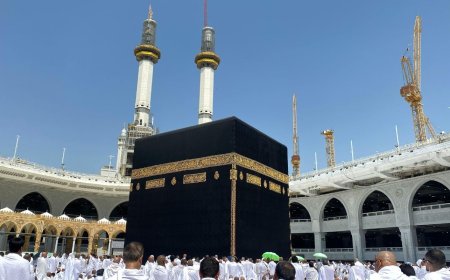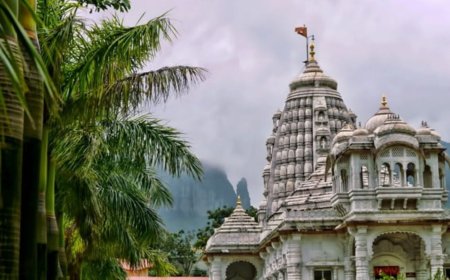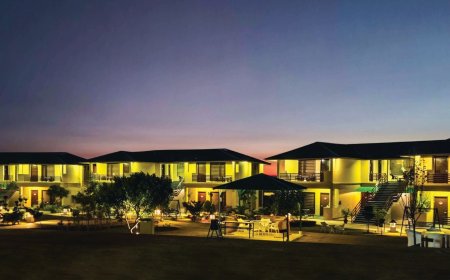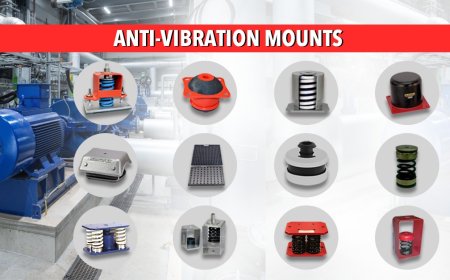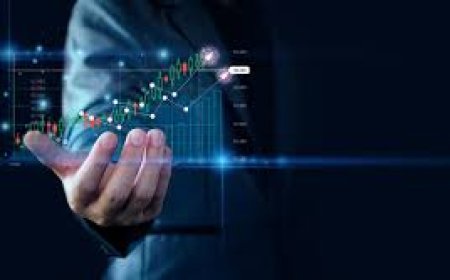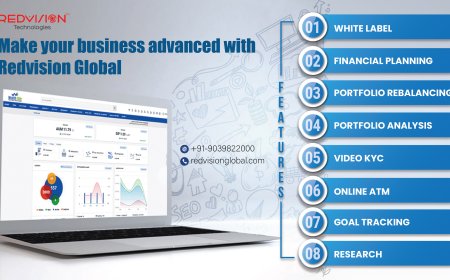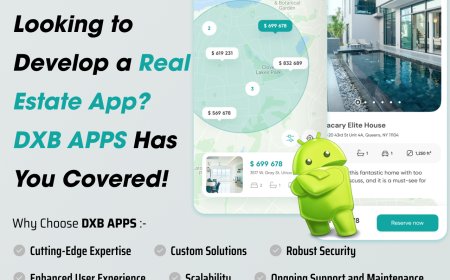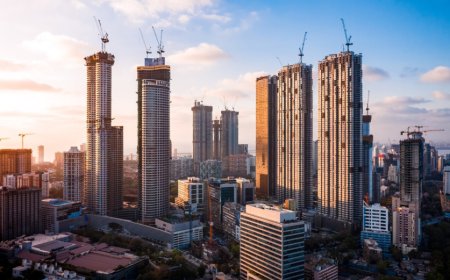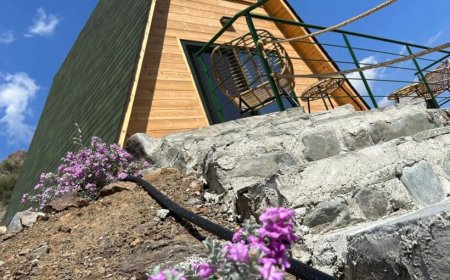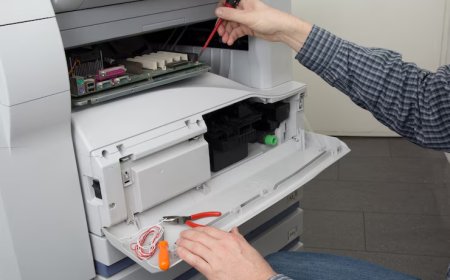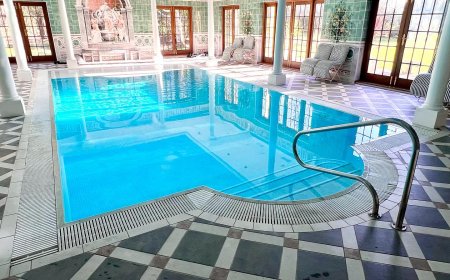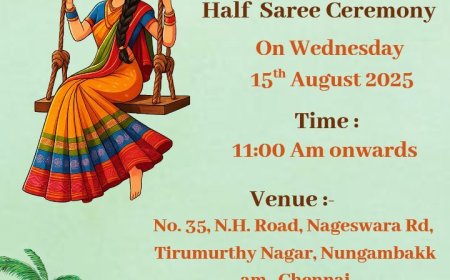Revolutionizing Filmmaking: The Power of Virtual Production Camera Tracking Systems
Virtual production has transformed the filmmaking landscape, blending real-time computer-generated imagery (CGI) with live-action footage to create immersive, cost-effective, and visually stunning content.

Virtual production has transformed the filmmaking landscape, blending real-time computer-generated imagery (CGI) with live-action footage to create immersive, cost-effective, and visually stunning content. At the heart of this revolution lies the virtual production camera tracking system, a critical technology that ensures seamless integration between physical camera movements and virtual environments. By accurately tracking a cameras position, orientation, and lens data in real time, these systems enable filmmakers to align digital backgrounds with live-action footage, creating the illusion of a fully realized world without the need for extensive physical sets or costly location shoots.
This guest post explores the significance of camera tracking systems in virtual production, their types, key features, and how they are shaping the future of filmmaking. Well dive into the technologys applications, benefits, and considerations for selecting the right system, while highlighting recent advancements and real-world examples.
What is a Camera Tracking System?
A camera tracking system in virtual production is a hardware and software solution that captures the precise movements of a physical cameraits position (x, y, z coordinates), orientation (pitch, yaw, roll), and lens parameters (zoom, focus, aperture)and relays this data to a 3D rendering engine, such as Unreal Engine or Unity. The rendering engine uses this information to adjust the virtual environment in real time, ensuring that the perspective of the digital background matches the cameras movements. This creates a convincing parallax effect, where the virtual scene shifts naturally as the camera pans, tilts, or dollies, mimicking real-world depth and perspective.
Camera tracking systems are essential for various virtual production workflows, including:
-
In-Camera Visual Effects (ICVFX): Filming actors against LED walls displaying real-time digital environments, as seen in productions like The Mandalorian.
-
Augmented Reality (AR): Overlaying digital elements onto live broadcasts or film scenes.
-
On-Set Previsualization: Allowing directors and cinematographers to preview composited shots in real time.
-
Post-Production Support: Recording tracking data for visual effects (VFX) integration during editing.
Types of Camera Tracking Systems
Camera tracking systems can be broadly categorized into three types: optical, mechanical, and markerless (SLAM-based). Each has distinct advantages and limitations, depending on the production environment and requirements.
1. Optical Tracking Systems
Optical tracking systems use cameras and reflective or active markers to track the position and movement of objects, such as cameras or talent, in a scene. These systems typically employ infrared (IR) cameras to detect markers placed on the camera rig or set, providing high-precision 6DoF (six degrees of freedom) tracking data.
-
Advantages:
-
High accuracy (0.2mm in some cases, e.g., OptiTracks Primex 41).
-
Reliable in controlled environments like studios with minimal reflective surfaces.
-
Supports tracking of multiple objects (cameras, props, or talent) simultaneously.
-
Integrates well with major 3D engines like Unreal Engine and Aximmetry.
-
-
Limitations:
-
Requires setup of markers or IR beacons, which can be time-consuming.
-
May struggle in environments with reflective surfaces or variable lighting.
-
Less effective outdoors due to interference from ambient light.
-
Example: OptiTracks CinePuck, used in The Mandalorian, employs active LED markers for low-latency, precise tracking, integrating seamlessly with LED volume stages.
2. Mechanical Tracking Systems
Mechanical tracking systems rely on physical components, such as encoded cranes, dollies, or pan/tilt heads, to capture camera movement data. These systems measure the mechanical motion of the rig and combine it with lens data to determine the cameras position and orientation.
-
Advantages:
-
Highly reliable in large-scale environments, such as sports arenas or live broadcasts.
-
No need for external markers, simplifying setup in certain scenarios.
-
Robust performance in varied lighting conditions.
-
-
Limitations:
-
Expensive due to the need for specialized hardware.
-
Limited flexibility, as they are often tied to specific rigs or setups.
-
Less portable compared to optical or markerless systems.
-
Example: Mechanical tracking is commonly used in live broadcast AR for sports events, where precise camera movement data ensures accurate graphic overlays.
3. Markerless (SLAM-Based) Tracking Systems
Markerless systems, such as those using Simultaneous Localization and Mapping (SLAM) technology, rely on environmental features (e.g., edges, corners, or textures) to track camera movements without physical markers. These systems use advanced computer vision algorithms to map the environment in real time.
-
Advantages:
-
Highly flexible, working indoors and outdoors without marker setup.
-
Plug-and-play functionality reduces setup time.
-
Ideal for dynamic or unpredictable shooting environments.
-
-
Limitations:
-
May experience drift over time, requiring occasional recalibration.
-
Less accurate than optical systems in controlled studio settings.
-
Relies heavily on computational power, which can increase costs.
-
Example: Sonys OCELLUS ASR-CT1, introduced in 2025, uses Visual SLAM with a multi-eye sensor unit to provide marker-free tracking for virtual production and VFX workflows.
Key Features to Consider in a Camera Tracking System
Choosing the right camera tracking system depends on several factors, including accuracy, versatility, ease of use, and compatibility with existing equipment. Here are the critical features to evaluate:
1. Accuracy
Accuracy is paramount, as even slight misalignments between the physical camera and virtual environment can break the illusion of realism. Optical systems like OptiTrack and Mo-Sys StarTracker offer sub-millimeter precision, while SLAM-based systems like REtracker Bliss provide robust performance with slightly lower accuracy but greater flexibility.
2. Versatility
A versatile system should support various production scenarios, including green screen setups, LED volumes, and AR applications. Systems like ZEISS CinCraft Scenario combine marker-based and markerless tracking to adapt to diverse environments, from indoor studios to outdoor shoots.
3. Ease of Setup and Portability
For productions requiring frequent location changes, portability and quick setup are crucial. Systems like VIVE Mars CamTrack and EZtrack Hub are lightweight and designed for rapid deployment, making them ideal for indie filmmakers or mobile studios.
4. Integration with 3D Engines
Seamless integration with rendering engines like Unreal Engine, Zero Density, or Pixotope is essential for real-time compositing. Most modern systems support protocols like FreeD or LiveLink for transmitting tracking data, ensuring compatibility with industry-standard software.
5. Lens Metadata Support
Accurate lens data (e.g., zoom, focus, aperture) is critical for matching virtual and physical camera perspectives. Systems like Sonys OCELLUS and ZEISS CinCraft Scenario include lens encoders to capture metadata, streamlining workflows and reducing post-production adjustments.
6. Scalability
For multi-camera setups or large-scale productions, the system must handle multiple tracking sources (e.g., cameras, cranes, PTZ rigs) and aggregate data efficiently. EZtrack Hub, for example, supports multi-camera tracking and integrates data from mechanical and optical sources.
Benefits of Camera Tracking Systems in Virtual Production
Camera tracking systems unlock numerous advantages for filmmakers and broadcasters:
-
Cost Efficiency: By replacing physical sets with digital environments, virtual production reduces location costs and set construction expenses.
-
Creative Freedom: Real-time compositing allows directors to experiment with shots on set, adjusting virtual elements instantly.
-
Time Savings: On-set previs and recorded tracking data streamline post-production, reducing the need for extensive VFX corrections.
-
Immersive Storytelling: Precise tracking ensures seamless integration of virtual and physical elements, enhancing audience immersion.
-
Accessibility: Advances in technology, like VIVE Mars CamTrack, make virtual production accessible to indie creators and smaller studios.
Recent Advancements in Camera Tracking Technology
The virtual production camera tracking market is rapidly evolving, with recent innovations pushing the boundaries of whats possible. Some notable advancements include:
-
Sony OCELLUS (2025): A marker-free system with Visual SLAM, offering plug-and-play functionality and compatibility with LED volumes, green screens, and AR setups. Its compact sensor unit and processing box simplify integration with professional cameras.
-
ZEISS CinCraft Scenario (2025): Combines hybrid tracking (marker-based and markerless) with ZEISS lens data expertise, eliminating cumbersome calibration processes and supporting Vwatermark





